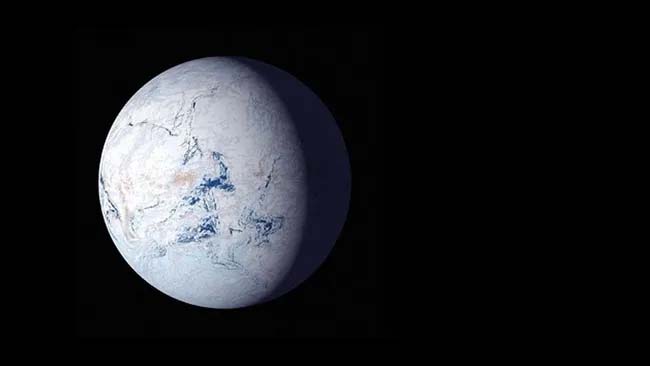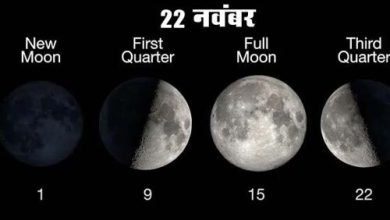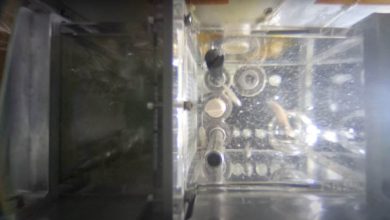‘Snowball Earth’: 600 million years ago, the entire planet was covered in ice

Science: Anyone living on Earth 720 million to 635 million years ago would have probably needed a jacket. Geologists have long suspected that Earth’s temperature dropped dramatically during this time, resulting in a cold “Snowball Earth.” But they’ve debated a lot about just how icy the planet was — specifically, whether thick glacial ice covered the entire globe, all the way to the equator.
Now, new evidence found in the Tawakiv, or “Tawa” Sandstone in Colorado’s Rocky Mountains supports the notion that Snowball Earth was a truly global event. “This study provides the first physical evidence that Snowball Earth reached the center of continents at the equator,” Liam Courtney-Davies, a postdoctoral researcher in the Department of Geological Sciences at the University of Colorado, Boulder, and lead author of the new study, said in a statement.
Why are the Tawa Sandstones an important piece of this puzzle? During the Snowball Earth period, Colorado was not at its current northern latitude; Rather, it was located at the equator as a landlocked part of the ancient supercontinent Laurentia. Currently, Tawa Sandstone features protrude from the ground in some places along Colorado’s Front Range, particularly around Pikes Peak. For geologists, these features tell a fascinating story; they began as sand on the surface, but then moved underground. “These are classic geological features called injectites that often form beneath certain ice sheets, including modern Antarctica,” Courtney-Davis said.





